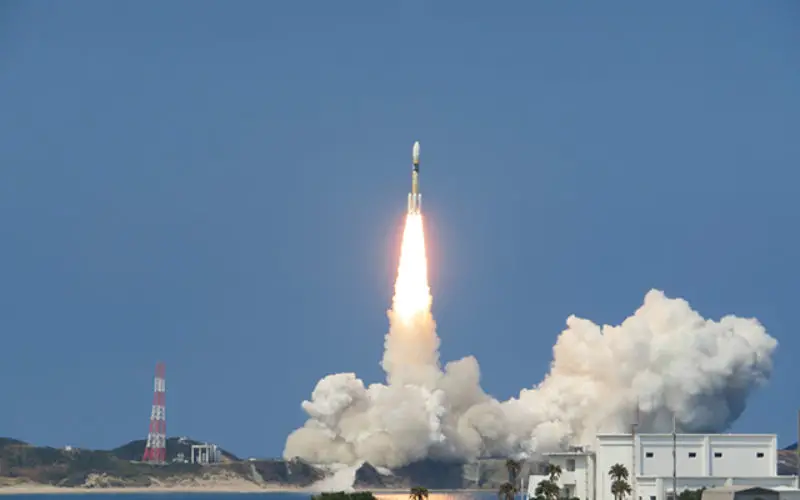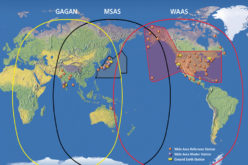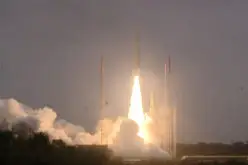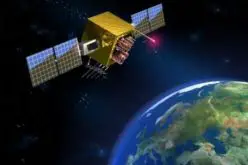Japan Successfully Launches 3rd Satellite of Quasi-Zenith Satellite System

August 19, 2017 – Mitsubishi Heavy Industries, Ltd. and JAXA successfully launched H-IIA Launch Vehicle No. 35 (H-IIA F35) which encapsulates MICHIBIKI No. 3, (Quasi-Zenith Satellite System; geostationary orbit) at 2:29:00 p.m. on August 19, 2017 (JST) from JAXA’s Tanegashima Space Center.
The launch and flight of H-IIA Launch Vehicle No. 35 proceeded as planned and the separation of the satellite was confirmed at approximately 28 minutes and 37 seconds after liftoff.
The launch, overseen by the Japan Aerospace Exploration Agency, came a week later than scheduled after the rocket that was to carry the satellite developed technical issues, causing the originally planned launch to be aborted.

Japan Successfully Launches 3rd Satellite of Quasi-Zenith Satellite System .
Image Credit: JAXA
Quasi-Zenith Satellite System (QZSS) is a Japanese satellite positioning system composed mainly of satellites in quasi-zenith orbits (QZO). However, the term “Quasi-Zenith Satellite (QZS)” can refer to both satellites in QZO and geostationary orbits (GEO). For that reason, the name “QZO satellite” is used when it is necessary to specifically refer to satellites in QZO.
Satellite positioning systems use satellite signals to calculate position information. One famous example is the American Global Positioning System (GPS); the QZSS is sometimes called the “Japanese GPS.”
Japan plans to boost the number of its geo-positioning satellites to seven by 2023, making its system independently operational even if the US GPS becomes unavailable for some reason.










